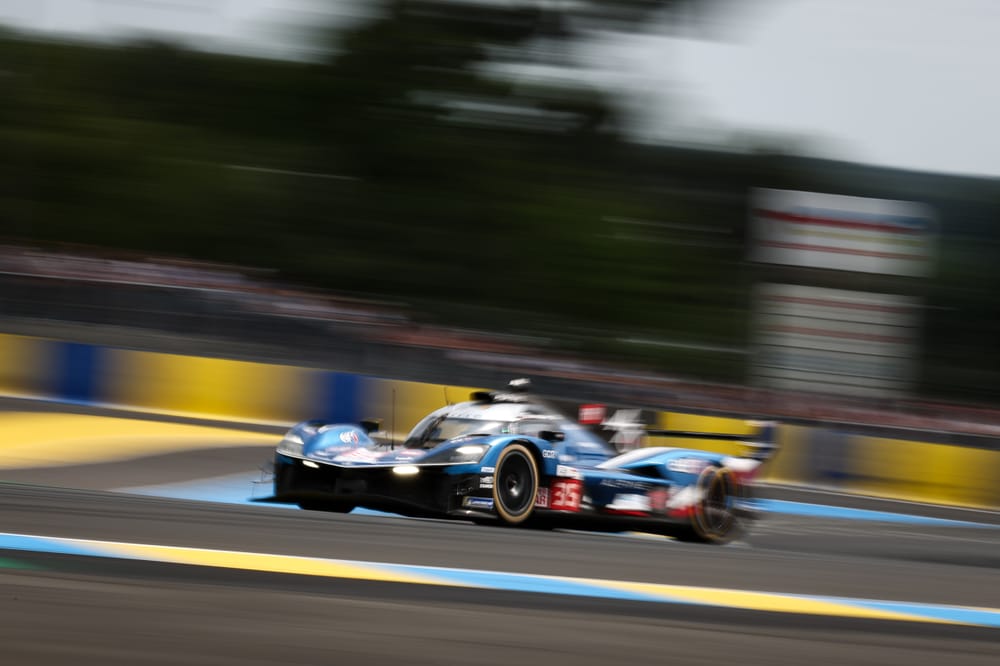For a long time, the starting grid of the Le Mans 24 Hours was determined by engine displacement. It was only in 1963 that it started being decided by lap times, with two notable exceptions.
Get ready for the Le Mans 24 Hours with The Race
- What we learned from the Le Mans test day
- Schumacher's finally embracing post-F1 life - and it's paying off
- Is the other Aston Martin project as lacklustre as it's looked?
In 1980, pole position was awarded to the crew with the best average time between both drivers. John Fitzpatrick (Porsche) set the fastest lap in qualifying, but he only started second, behind the Rondeau of Henri Pescarolo/Jean Ragnotti.
In 1991, the front rows were reserved for the new 3.5L normally aspirated prototypes that met the new WSC regulations. The polesitter, Jean-Louis Schlesser (Sauber Mercedes), started from the sixth row behind 10 WSC cars, the fastest of which was the Peugeot 905 driven by Philippe Alliot/Mauro Baldi/Jean-Pierre Jabouille.
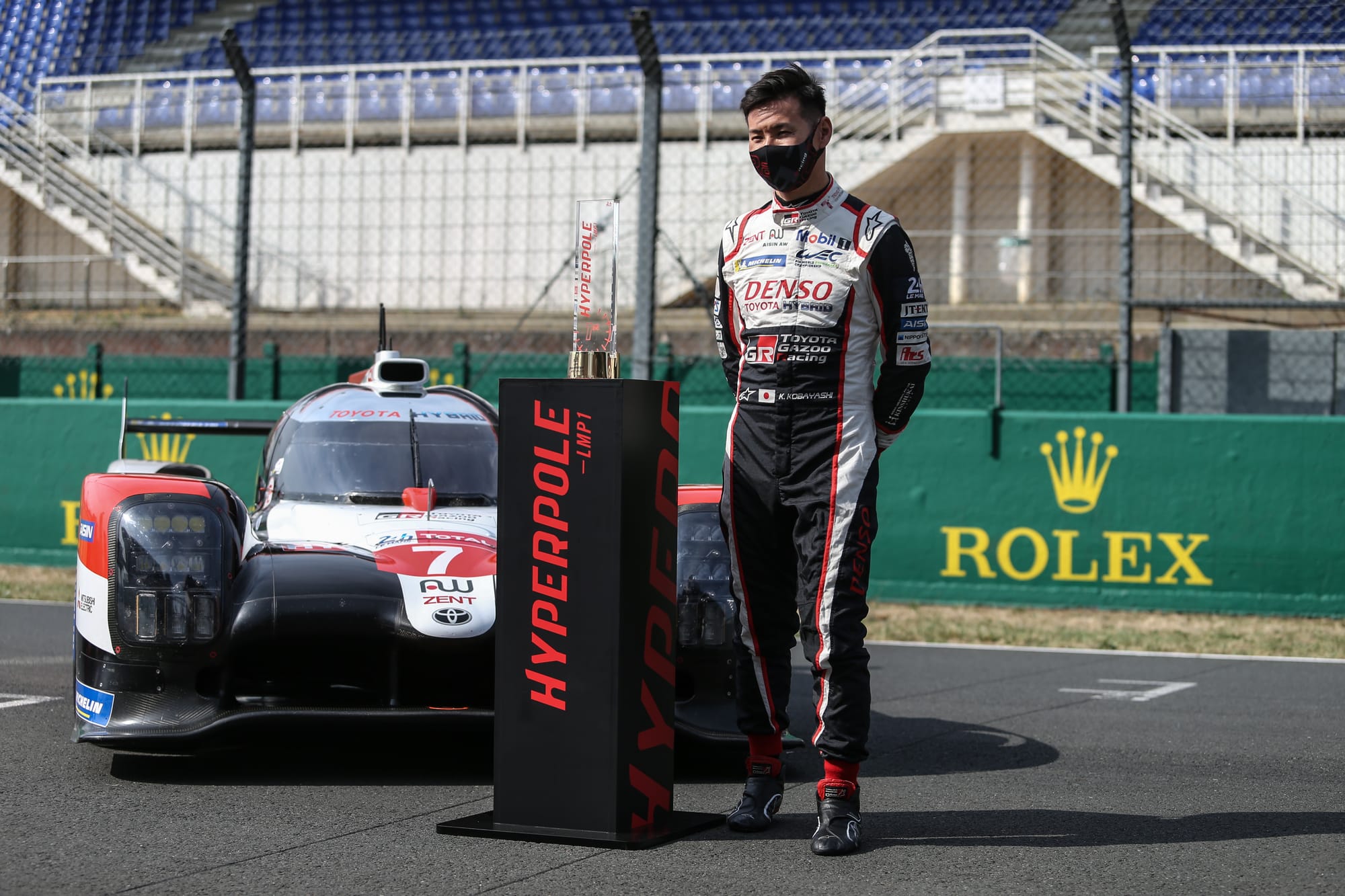
Introduced in 2020, the Hyperpole format added drama to the battle for pole position at Le Mans. Another change that year was the way the grid is arranged: cars are now lined up first by category, then by lap time. So, Hypercars fastest to slowest, then LMP2, fastest to slowest, and so on.
The goal of Hyperpole was to create a more TV-friendly format.
This year, the ACO has decided to spice things up even more by splitting the Hypercars from the LMP2 and LMGT3 categories and by separating the Hyperpole into two parts.
How does it work?
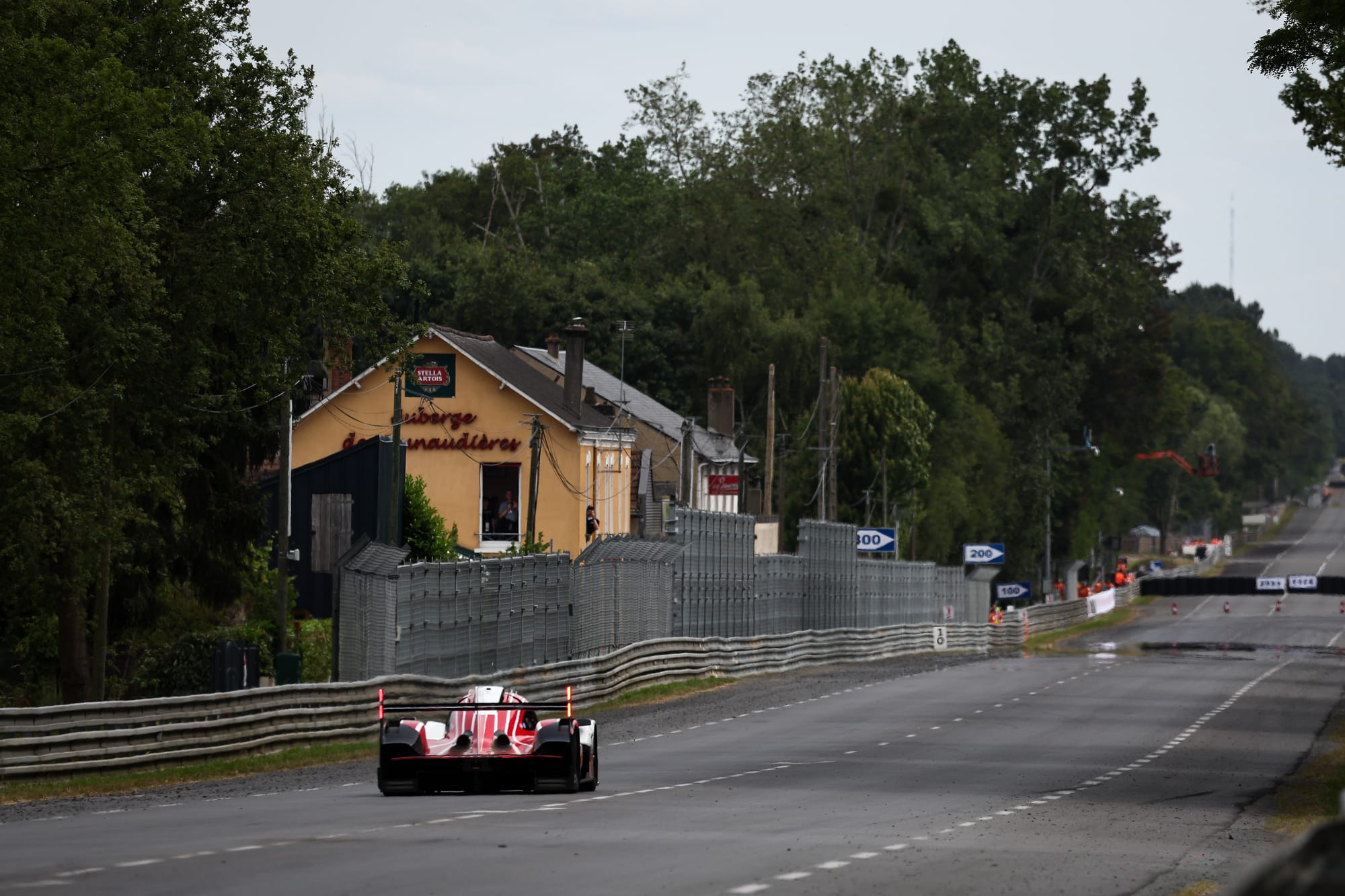
The first session - simply called qualifying practice session - takes place on Wednesday evening.
LMP2 and LMGT3 cars will go out on track before the Hypercars. The 12 fastest cars in each of the LMP2 and LMGT3 categories will move on to Hyperpole 1. In Hypercar, the 15 fastest cars will qualify for Hyperpole 1, which takes place on Thursday.
From there, the top eight LMP2 and LMGT3 cars from Hyperpole 1, along with the 10 fastest Hypercars, will advance to Hyperpole 2. It’s at the end of H2 that we’ll know who takes pole position.
Schedule (times local)
Wednesday
1845-1915 - LMP2 & LMGT3 qualifying practice session
1930-2000 - Hypercar qualifying practice session
Thursday
2000-2020 - Hyperpole 1 (LMP2 & LMGT3)
2030-2050 - Hyperpole 2 (LMP2 & LMGT3)
2105-2115 - Hyperpole 1 (Hypercar)
2140-2155 - Hyperpole 2 (Hypercar)
Key regulations to know
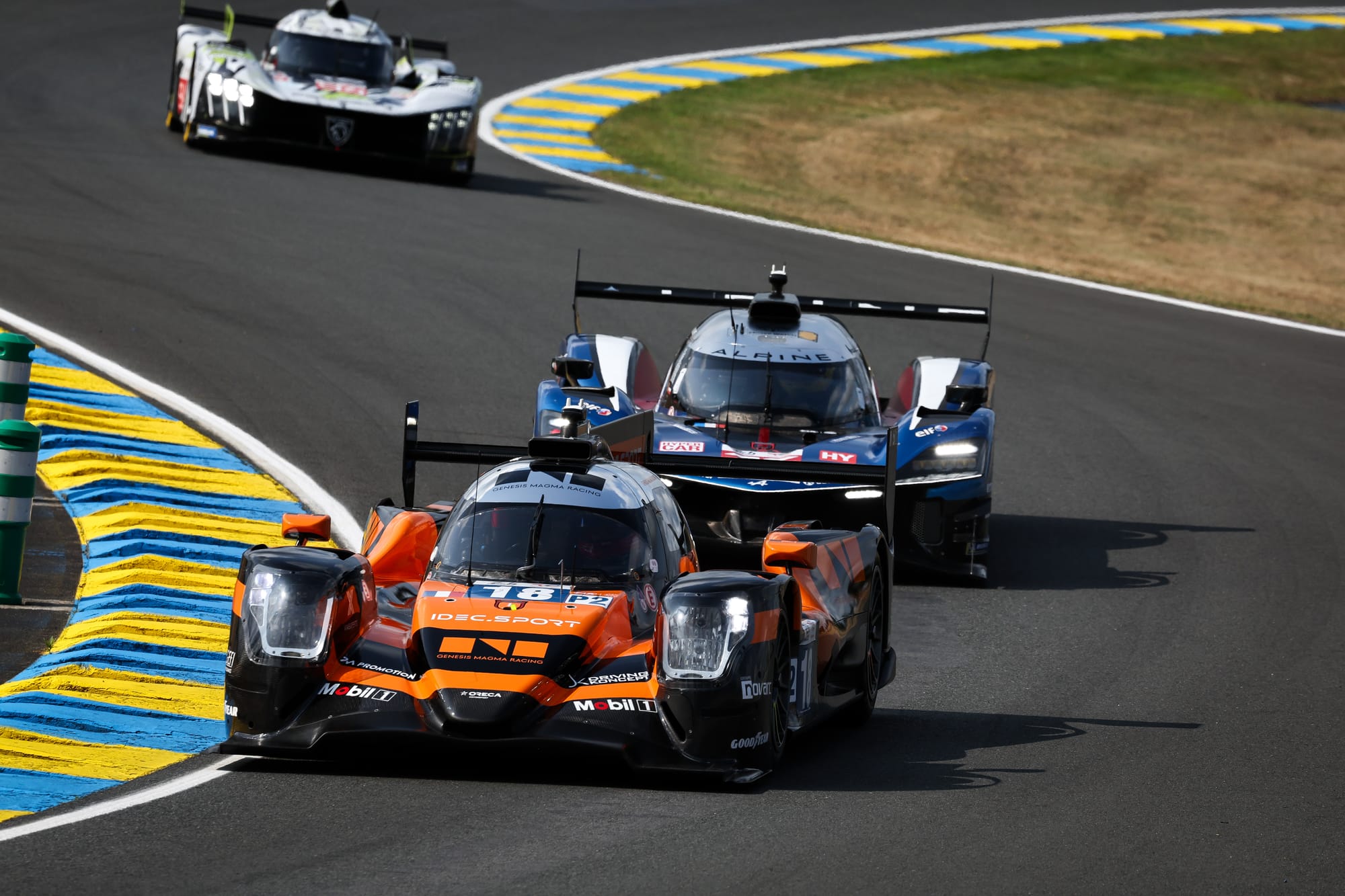
Hypercar and LMP2 entries are allowed 24 tyres for free practice and qualifying. LMGT3 entries have 28.
The tyres allocated for H1 and H2 (12 in total, or three sets) are reserved exclusively for those sessions.
In WEC, Michelin determines the tyre compound used in Hyperpole for Hypercars, but not at Le Mans. Teams can choose between hard, medium, or soft compounds.
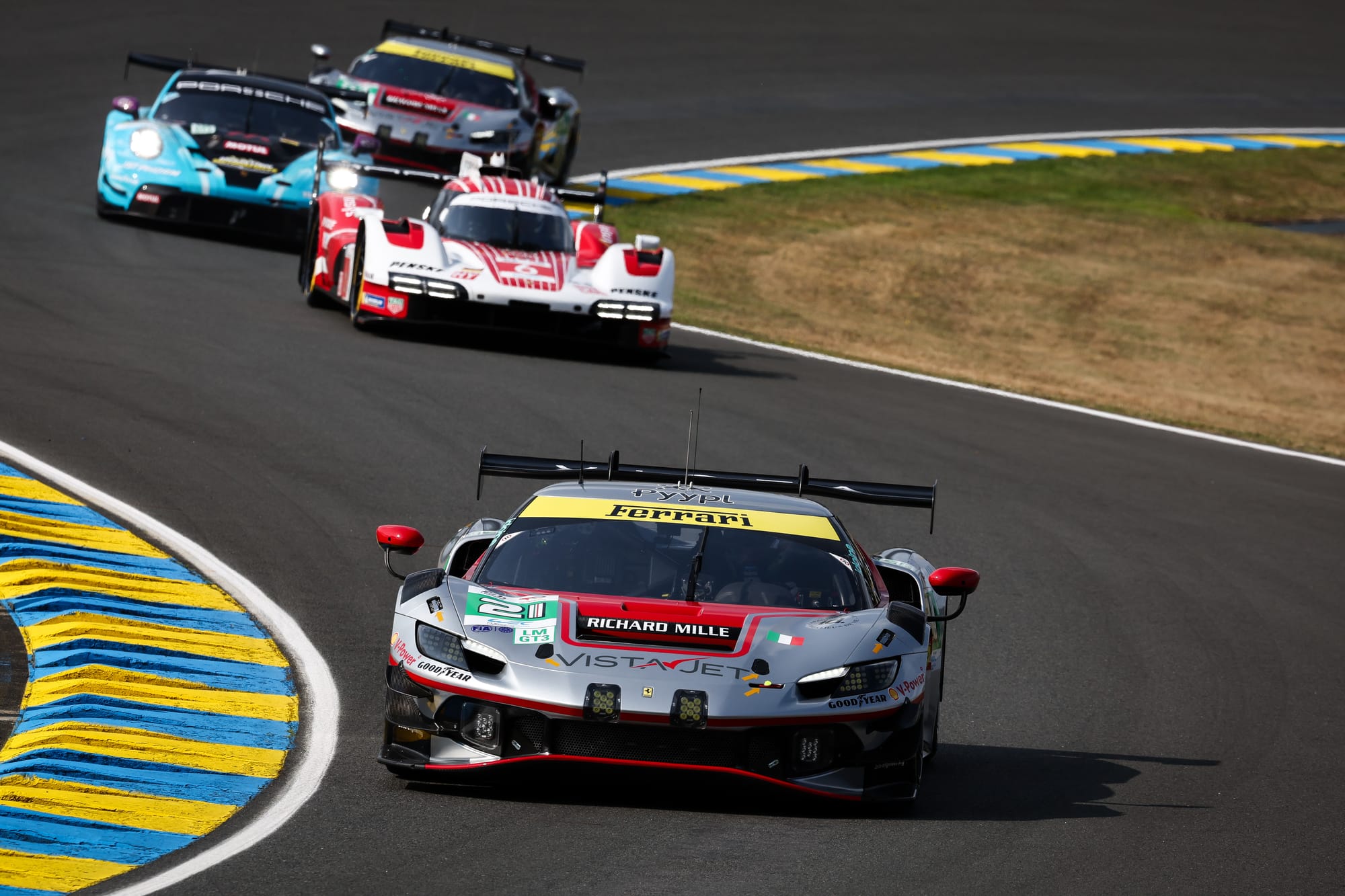
In LMGT3, only the Bronze-rated driver can take part in qualifying. Additionally, in all three categories, teams must use two different drivers for H1 and H2
The minimum reference weight for drivers is now 78kg in Hypercar and 82kg in LMGT3. Any driver below the reference must carry ballast. For Hyperpole, the ballast is calculated based on the lighter of the two drivers selected.
What do the drivers think?

Sébastien Buemi (#8 Toyota), four-time winner: “I like this new format because there will only be Hypercars on track when we go for a flying lap.
"In the past, we were often blocked by slower classes, especially in the Porsche Curves, where overtaking is tricky. That can be really frustrating. Now, it should come down purely to the car's potential and the driver’s talent.
"On the other hand, having to change drivers between H1 and H2 complicates things. It means both drivers need to prepare for flying laps, and that takes up more time in free practice. Given how little grid position affects the race result at Le Mans, I’m not sure it’s necessary.”
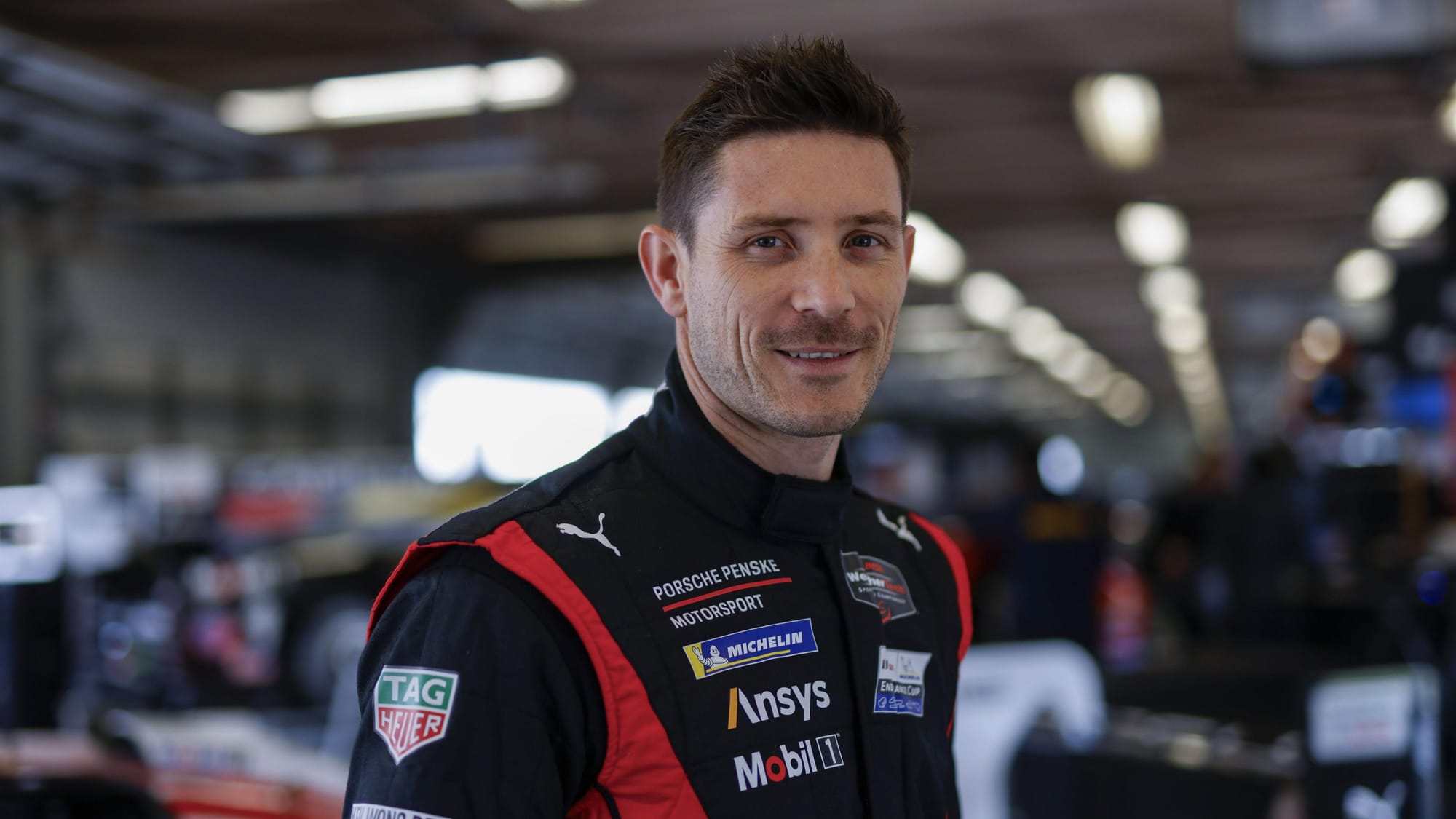
Kévin Estre (#6 Porsche), 2024 polesitter: “Having the classes separated is great news. If we want the fight for pole to be a real show and a highlight of the week, then it’s much better not to have your lap ruined by catching a slower car.
"Splitting Hyperpole into two parts adds even more spice. Plus, we get an extra set of tires, so that’s no big deal.
"But having to change drivers between H1 and H2 makes things more complicated. You don’t want to sacrifice your free practice and race prep just to do low-fuel, new-tire qualifying runs.
"Another issue is the ballast, which is based on the lighter driver. If Matt [Campbell] is selected for one of the Hyperpole sessions, I’ll have to carry 10 extra kilos. That’s not ideal.”
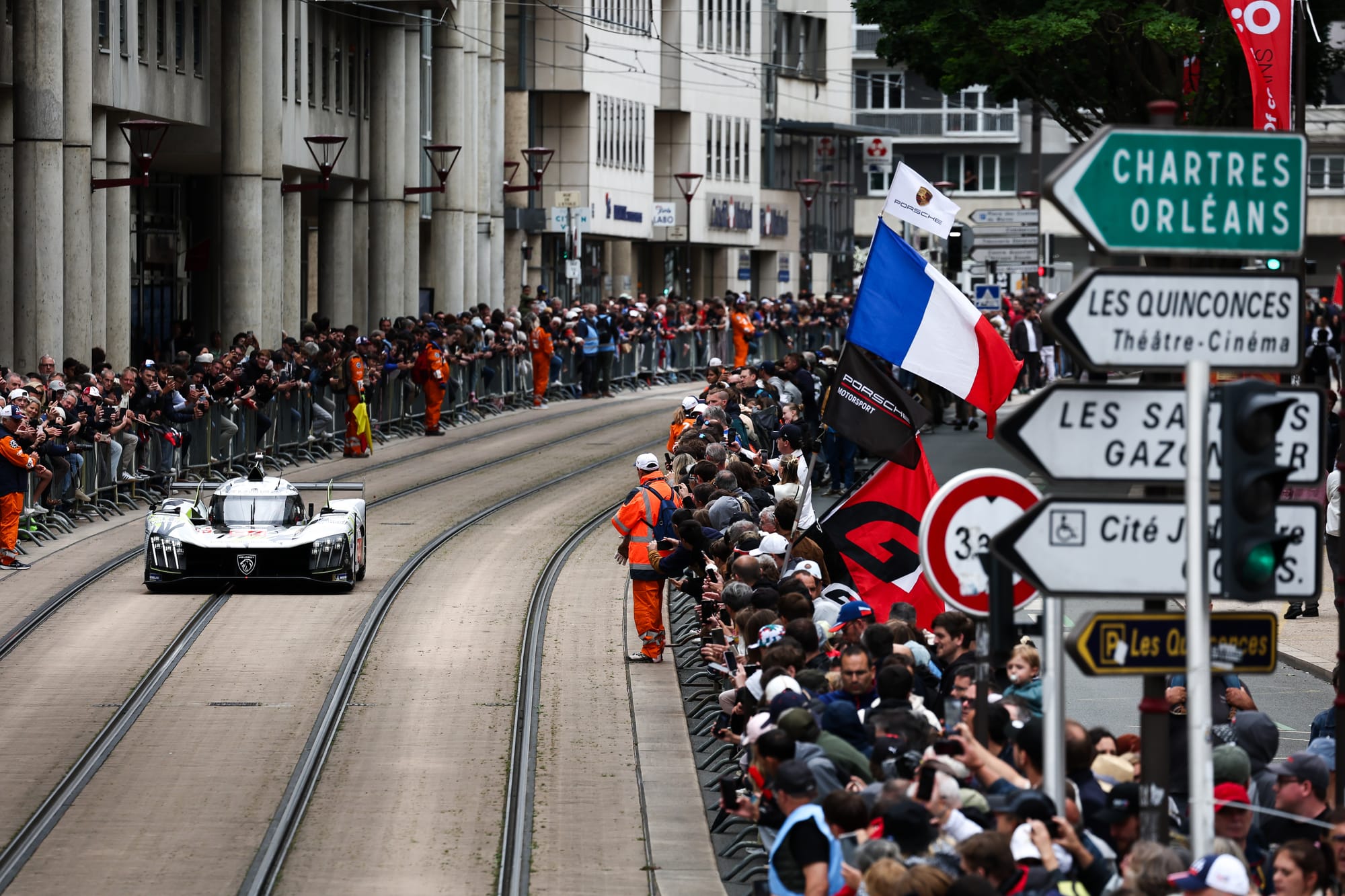
Loïc Duval (#94 Peugeot) – 2013 polesitter: “What I like about this format is the team aspect, which is unique to endurance racing as multiple drivers are involved. But I preferred the format we had for a while, where all practice sessions contributed to setting the grid.
"The great part was that pole could be set at any moment, even in the final minutes, which kept the fans on edge. It kept the suspense alive for two days and it was thrilling to follow. It wasn’t always the driver you expected who set the fastest time.
"And while some drivers like having a traffic-free lap, I think traffic is part of the charm of endurance racing. So in the end, I liked the old format better, though I still prefer this new one over the 2020 version with the original Hyperpole format.”


